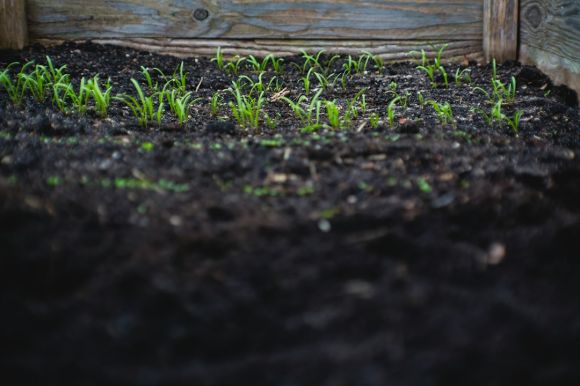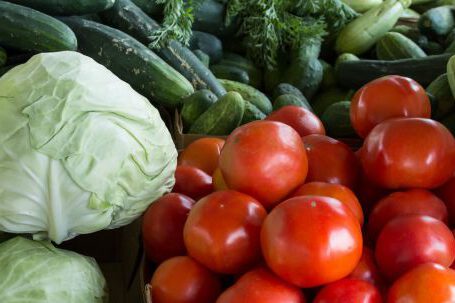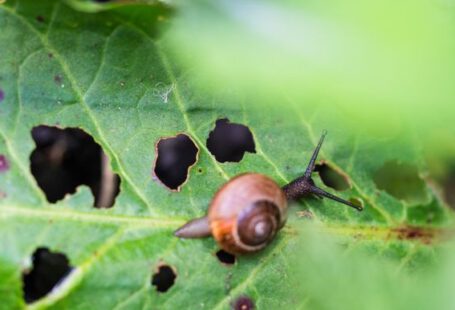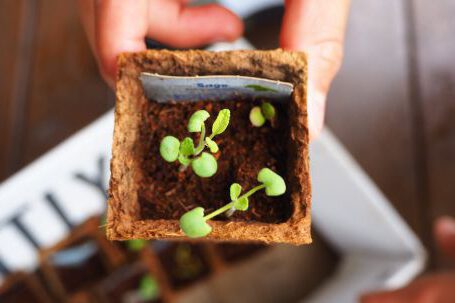Plants need nutrients to grow and thrive. While soil naturally contains some of these essential nutrients, it is often not enough to support robust plant growth. This is where fertilizers come in. Fertilizers provide the necessary nutrients that plants require for healthy development. However, with so many options available, it can be overwhelming to determine the best way to fertilize your plants. In this article, we will explore different fertilizer types and application methods to help you choose the most effective approach for your garden.
Understanding Fertilizer Basics
Before diving into the different fertilization methods, it is important to understand the basics of fertilizers. Fertilizers are typically categorized into two main types: organic and synthetic. Organic fertilizers are derived from natural sources, such as animal manure, compost, and bone meal. Synthetic fertilizers, on the other hand, are chemically formulated to provide specific nutrient ratios.
Organic vs. Synthetic Fertilizers
Both organic and synthetic fertilizers have their advantages and disadvantages. Organic fertilizers release nutrients slowly, providing a steady supply of nourishment over time. They also improve soil structure and promote beneficial microbial activity. On the downside, organic fertilizers may contain lower nutrient concentrations and can be more expensive.
Synthetic fertilizers, on the other hand, offer precise nutrient ratios and quick results. They are often less expensive than organic alternatives and can be easily customized to suit specific plant needs. However, synthetic fertilizers can be harmful to the environment if not used properly and may lead to nutrient imbalances in the soil.
Choosing the Right Fertilizer
When selecting a fertilizer, consider the specific needs of your plants. Different plants require different nutrient ratios, so it is essential to choose a fertilizer that matches these requirements. Most fertilizers indicate their nutrient content using three numbers, representing the percentage of nitrogen (N), phosphorus (P), and potassium (K) they contain. For example, a fertilizer labeled as 10-10-10 contains 10% nitrogen, 10% phosphorus, and 10% potassium.
It is also crucial to consider the soil conditions in your garden. Conduct a soil test to determine the pH level and nutrient deficiencies in your soil. This will help you choose a fertilizer that addresses these specific issues.
Application Methods
Once you have chosen the right fertilizer, it is important to apply it correctly to maximize its effectiveness. There are various application methods to consider:
1. Broadcasting: Broadcasting involves spreading the fertilizer evenly over the soil surface. This method is commonly used for large areas and is suitable for both granular and powdered fertilizers.
2. Side-dressing: Side-dressing is the process of applying fertilizer in a band alongside plants. This method is particularly useful for vegetables and annual flowers, as it provides a concentrated nutrient supply to the root zone.
3. Foliar feeding: Foliar feeding involves spraying a diluted fertilizer solution directly onto the leaves of plants. This method allows for quick nutrient absorption and is often used to correct nutrient deficiencies or boost plant growth during critical stages.
4. Drip irrigation: Drip irrigation systems can be used to deliver liquid fertilizers directly to the root zone of plants. This method ensures efficient nutrient uptake and is particularly beneficial for water-soluble fertilizers.
In conclusion, choosing the best way to fertilize your plants depends on various factors, including the type of fertilizer, specific plant needs, and soil conditions. Consider the advantages and disadvantages of organic and synthetic fertilizers before making a decision. Take into account the nutrient requirements of your plants and conduct a soil test to identify any deficiencies. Finally, apply the fertilizer using the most suitable method for your garden, whether it be broadcasting, side-dressing, foliar feeding, or drip irrigation. By following these guidelines, you can ensure that your plants receive the nutrients they need to flourish and thrive.





